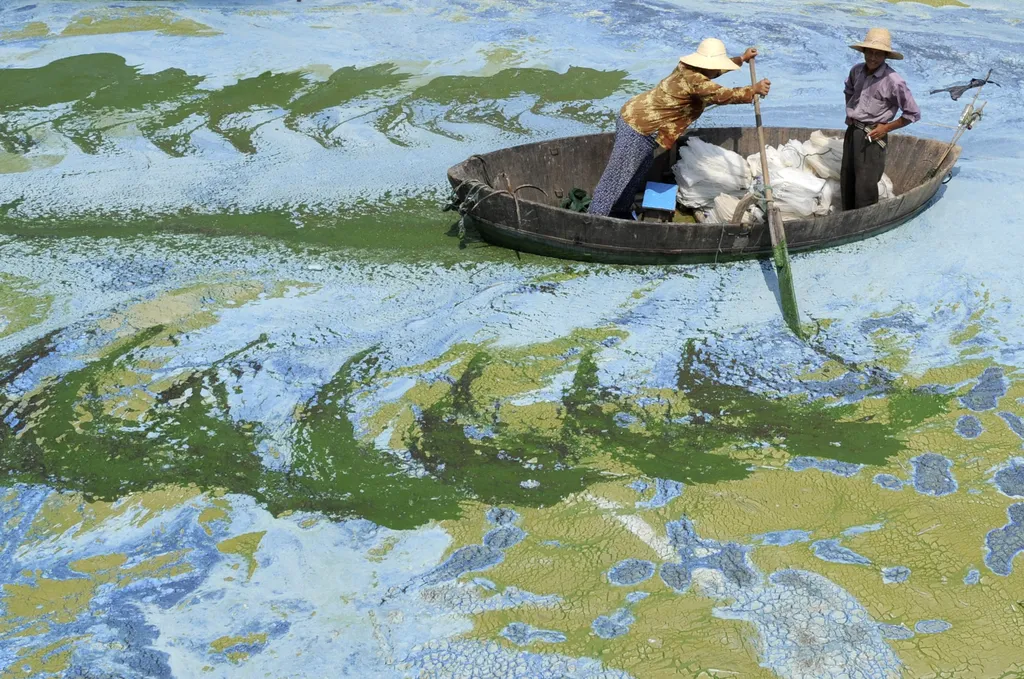In the heart of China, the Yellow River Basin (YRB) is facing a silent crisis, one that threatens the lifeblood of the region’s agriculture and the livelihoods of millions. A recent study published in the *Journal of Hydrology: Regional Studies* has shed light on the alarming decline in water storage in the YRB, with drought events emerging as the primary culprit. The research, led by Yuhao Wang from the College of Geography and Environmental Science at Northwest Normal University, offers a sobering look at the complex interplay between climate and human activity in this vital region.
The study reveals that both Terrestrial Water Storage Anomalies (TWSA) and Groundwater Storage anomalies (GWSA) in the YRB are on a steady decline, at rates of −4.70 mm per year and −10.59 mm per year, respectively. Perhaps most concerning is that 61.2% of this water storage loss has occurred during drought events. “The groundwater overexploitation during droughts creates persistent deficits, leading the basin into long-term hydrological drought,” explains Wang. This overexploitation is not just a natural phenomenon but a result of human activities that have become the primary driver of hydrological drought since 2016.
The implications for the agriculture sector are profound. The YRB is a critical agricultural region, often referred to as the “breadbasket of China.” The decline in water storage poses a significant threat to crop yields and food security. As droughts become more frequent and severe, farmers are forced to rely on groundwater, exacerbating the problem. The study highlights a paradoxical situation where increases in ecological water use and vegetation growth, as measured by the Normalized Difference Vegetation Index (NDVI), have paradoxically worsened TWS loss. This “ecological restoration paradox” underscores the delicate balance between water use, ecological restoration, and sustainable development.
The research also points to a decoupling of hydrological drought from meteorological drought, a phenomenon that has significant implications for water management and policy. “Human activities are now the primary driver of hydrological drought,” notes Wang. This shift calls for a reevaluation of current water management practices and policies, with a greater emphasis on sustainable water use and conservation.
The study’s findings are a wake-up call for the agriculture sector and policymakers alike. The need for innovative solutions and sustainable practices has never been more urgent. As the region grapples with the dual challenges of climate change and human-induced water scarcity, the insights from this research could shape future developments in water management and agricultural practices. The study underscores the importance of balancing water use, ecological restoration, and sustainable development to ensure the long-term viability of the YRB and its vital agricultural sector.
In the face of these challenges, the research led by Yuhao Wang from the College of Geography and Environmental Science at Northwest Normal University serves as a crucial guide for navigating the complex interplay between climate and human activity in the Yellow River Basin. The findings published in the *Journal of Hydrology: Regional Studies* offer a sobering yet necessary perspective on the urgent need for sustainable water management and ecological balance in one of China’s most important agricultural regions.

